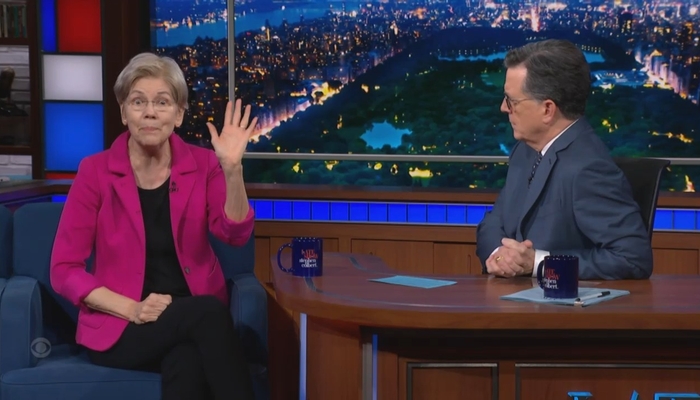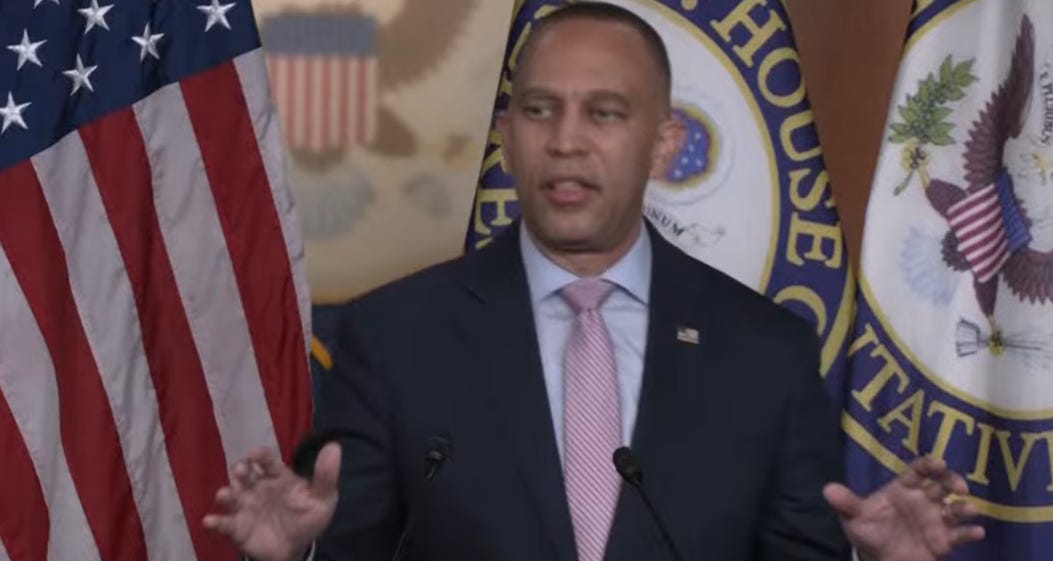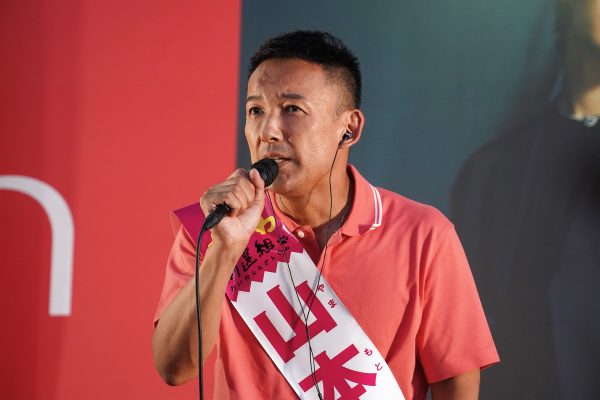President Donald Trump just issued another executive order that violates the U.S. Constitution and federal law, attempts to aggrandize his power, and undermines the foundation of our democracy.
The entire premise of the order, “Preserving and Protecting the Integrity of American Elections,” is based on falsehoods, including the following: “The United States now fails to enforce basic and necessary election protections employed by modern, developed nations, as well as those still developing.” That’s wrong.
For one, states, not the federal government, administer elections. They all employ best practices to ensure fair and fraud-free voting, including pre-election security checks and post-election audits. No other country has such a decentralized system. Though local control of elections has flaws—such as a lack of uniform rules for registration deadlines or the number of early voting days—it also allows for greater scrutiny.
The order then purports to mandate new rules for the states. But, the president does not have the authority to regulate elections. Even if Trump did have this power, most of the order’s commands would make our elections worse, not better. Several violate federal law.
First, the U.S. Constitution does not allow the president to dictate election rules. Article I says that the “Times, Places and Manner of holding Elections for Senators and Representatives, shall be prescribed in each State by the Legislature thereof; but the Congress may at any time by Law make or alter such Regulations.” States set election rules and Congress can override them. Beyond signing or vetoing a congressional enactment, the president has no say.
The executive order improperly tries to direct an independent federal agency, the Election Assistance Commission (EAC), to undertake several tasks. Congress created the EAC as an independent entity in the Help America Vote Act of 2002 (HAVA). The EAC is explicitly bipartisan: two members must be from one political party and two are from the other. The statute creating the Commission does not give the president authority to direct the Commission on its activities. Instead, HAVA explicitly calls the Commission “independent.”
Second, Trump’s executive order contradicts federal law and best practices. The heart of the EO tries to implement the Safeguard American Voter Eligibility Act (the SAVE Act), which is currently under consideration in Congress. The SAVE Act would require states to make voters show documentary proof of citizenship when registering to vote, a high hurdle for the millions of voters who do not have easy access to these documents. There is also no evidence of massive noncitizen voting, so the SAVE Act is a solution in search of a problem. Although the House may pass the act, it will likely face a filibuster in the Senate that would prevent its enactment. Trump, through his executive pen, is trying to do an end-run around Congress.
Even worse, the EO goes even further than the SAVE Act in invoking executive power to try to adopt rules that are contrary to federal law. HAVA directs the EAC to create a federal form that states must use for voter registration. The form “may require only such identifying information (including the signature of the applicant) and other information (including data relating to previous registration by the applicant), as is necessary to enable the appropriate State election official to assess the eligibility of the applicant and to administer voter registration and other parts of the election process.”
As the U.S. Supreme Court recognized in a case from Arizona in 2013, “The Federal Form developed by the EAC does not require documentary evidence of citizenship; rather, it requires that an applicant aver, under penalty of perjury, that he is a citizen.” Arizona, therefore, could not require documentary proof of citizenship from new registrants who use the federal form. Instead, Arizona now has a dual registration system: those who use the federal form and do not show proof of citizenship may vote only in federal elections. In contrast, voters who do present their proof of citizenship can vote in both federal and state elections. New Hampshire also implemented a proof of citizenship requirement and experienced significant disenfranchisement.
Notably, federal law does not give the president any authority to dictate the contents of the federal form. If Congress passes the SAVE Act, the next question is whether the rule would
violate the constitutional right to vote because it would likely preclude millions of people from registering. But at least Congress can amend federal election law; the president cannot.
The order also attacks the rules of 18 states and the District of Columbia that accept ballots received after Election Day but are postmarked before then. That practice, which has existed in some places for years, ensures postal delays do not cost citizens their vote. The EO is correct that the conservative Fifth Circuit Court of Appeals recently held that the practice contradicts federal law, which sets a uniform Election Day for federal elections. Still, the reasoning of that judicial opinion was highly flawed. Election law expert Rick Hasen called the decision “bonkers.” A uniform Election Day means that voters cannot cast their ballots after Election Day, but it says nothing about when election officials must receive those ballots. Trump’s hyperbolic EO claims that counting ballots postmarked by Election Day but arriving a few days later is “like allowing persons who arrive 3 days after Election Day, perhaps after a winner has been declared, to vote in person at a former voting precinct, which would be absurd.” Of course, a voter who mails a ballot by Election Day is not casting a vote after the winner is known. No state allows voters to cast ballots after the fact. Moreover, the EO once again invokes power the president does not have by directing the EAC to implement this policy, saying that the Commission must withhold funding from states that do not comply. The federal government allocates very little money to states to administer elections in the first place, and Congress, not the president, controls EAC funding.
The EO also directs DOGE (the Elon Musk-backed Department of Government Efficiency) and the Department of Homeland Security to review states’ voter registration lists, raising privacy concerns. During Trump’s first term, his Election Integrity Commission sought voter registration information from states, which almost uniformly refused to comply because of the privacy implications. Many election officials, including Republicans, said they would not send the federal government this data. Those privacy concerns still exist.
Then there are the voting machines. The EO raises the specter that voting machines might be connected to the internet (they are not). It directs the EAC to “review and, if appropriate, re-certify voting systems” within 180 days under new standards. The problem, as Votebeat points out, is that “there are currently no voting machines on the market that have been certified to these standards. So, no jurisdiction in the country currently uses such systems—nor could they begin to within 180 days, because none are available for purchase.” And once again, the president has no authority to tell states which voting machines to use or to direct the EAC on its certification process.
Perhaps the entire thrust of the EO is encapsulated in how it rescinds a Joe Biden-era Executive Order, “Promoting Access to Voting,” and instead peddles the myth of noncitizen voting and massive voter fraud to justify voter suppression. There is nothing here about voter access. It is all about voter suppression and sowing doubt in our election processes.
The EO will indeed be challenged in court. If the courts follow the U.S. Constitution and federal law, they will swiftly strike it down. Congress should scuttle this attempt to aggrandize power in the executive branch. If checks and balances mean anything, then the president cannot simply order a bipartisan, independent agency to do his bidding to thwart democracy.











